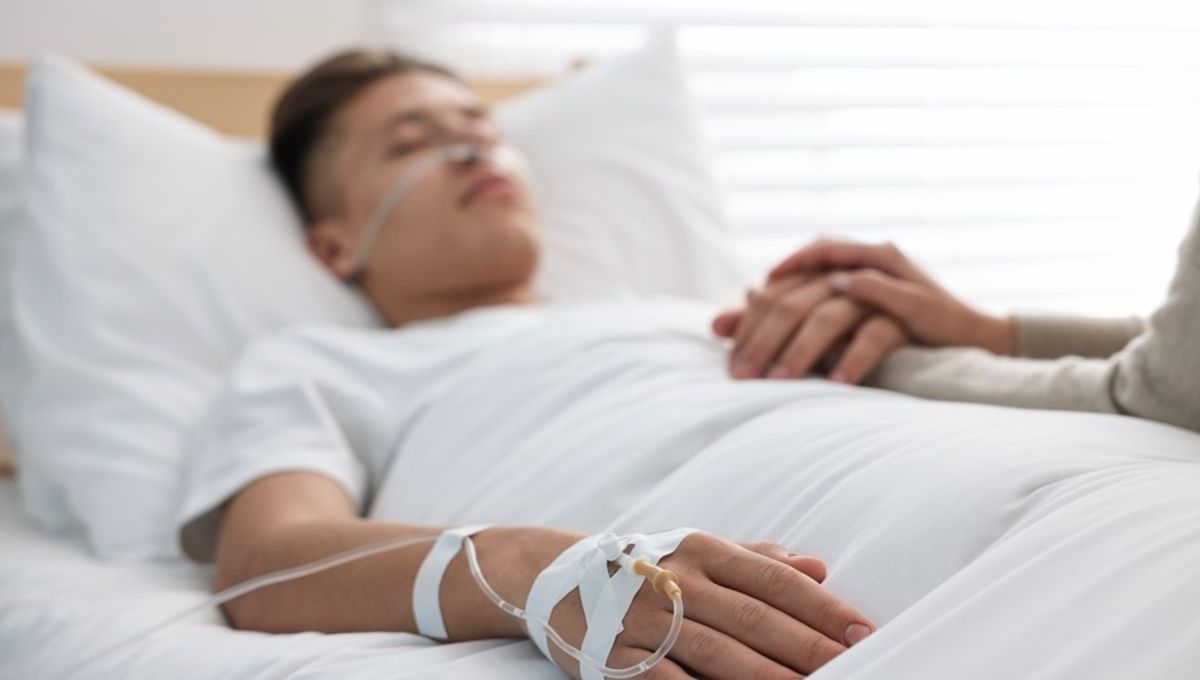
New research suggests that around one in four patients who become unresponsive following a brain injury may in fact remain conscious, with the ability to understand and remember what is being said around them. While this phenomenon – known as cognitive motor dissociation – has been documented in the past, the latest study indicates that it may be considerably more common than previously assumed.
A total of 241 comatose patients with severe brain injuries were included in the study, which was conducted at six different locations across the US, the UK, and Europe over a period of 15 years. None of the participants were capable of responding to a simple spoken command.
To discover if this lack of visible activity reflected an absence of consciousness, the researchers used functional MRI (fMRI) and electroencephalography (EEG) to monitor brain activity as patients heard instructions like “imagine opening and closing your hand,” followed 15 to 30 seconds later by “stop imagining opening and closing your hand.” Strikingly, 60 of the participants showed signs of following the commands in their heads, despite being unable to physically react.
According to the researchers, cognitive motor dissociation occurs when a person’s thinking abilities become disconnected from their capacity to move their bodies. Such patients continue to understand language, remember instructions, and sustain attention, yet possess no motor function.
“Some patients with severe brain injury do not appear to be processing their external world,” said study author Yelena Bodien in a statement. “However, when they are assessed with advanced techniques such as task-based fMRI and EEG, we can detect brain activity that suggests otherwise.”
“These results bring up critical ethical, clinical, and scientific questions – such as how can we harness that unseen cognitive capacity to establish a system of communication and promote further recovery?”
And while previous estimates have suggested that cognitive motor dissociation may be present in 15 to 20 percent of unresponsive patients, the present study found that the figure might actually be as high as 25 percent. According to the researchers, past studies may have missed a proportion of cases because they used either fMRI or EEG, rather than both in combination.
Breaking down their findings, the authors found that 36 of the 60 cases of cognitive motor dissociation were detected when the two techniques were used together, suggesting that it may be necessary to employ more than one method of analysis in order to detect signs of consciousness in unresponsive patients.
They also found that lingering signs of cognition were more common in younger patients and those whose condition was caused by a traumatic brain injury rather than a stroke or heart attack.
Summarizing the team’s findings, study author Nicholas Schiff explained that “this kind of sharp dissociation of retained cognitive capabilities and no behavioral evidence of them is not uncommon.”
“I think we now have an ethical obligation to engage with these patients, to try to help them connect to the world,” he said.
The study is published in The New England Journal of Medicine.
Source Link: Up To A Quarter Of Unresponsive Patients May Still Be Conscious